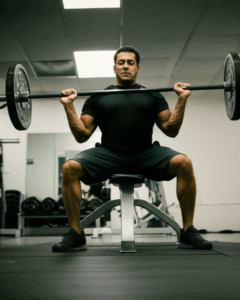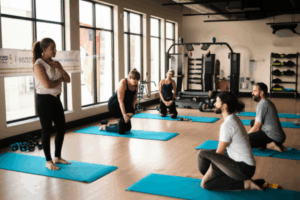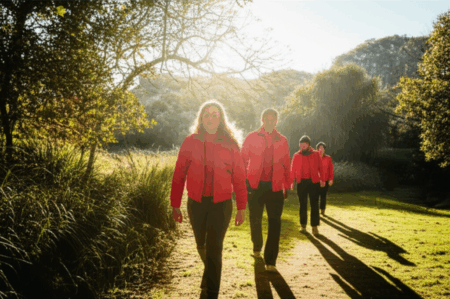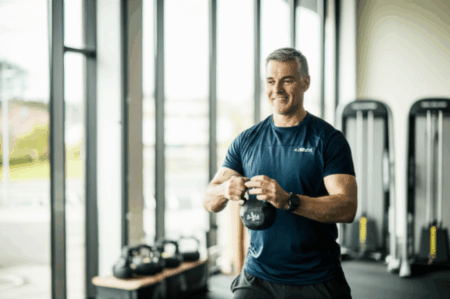Tired of endless crunches that strain your neck and leave your lower back feeling neglected? It’s time to get off the mat and discover the power of a standing abs routine. Expert trainers are increasingly advocating for upright core work, highlighting its ability to specifically target and strengthen your deep core muscles, leading to improved posture, functional strength, and enhanced athletic performance. This approach doesn’t just promise a stronger core; it promises a smarter one, ready to support you in every movement of your daily life.
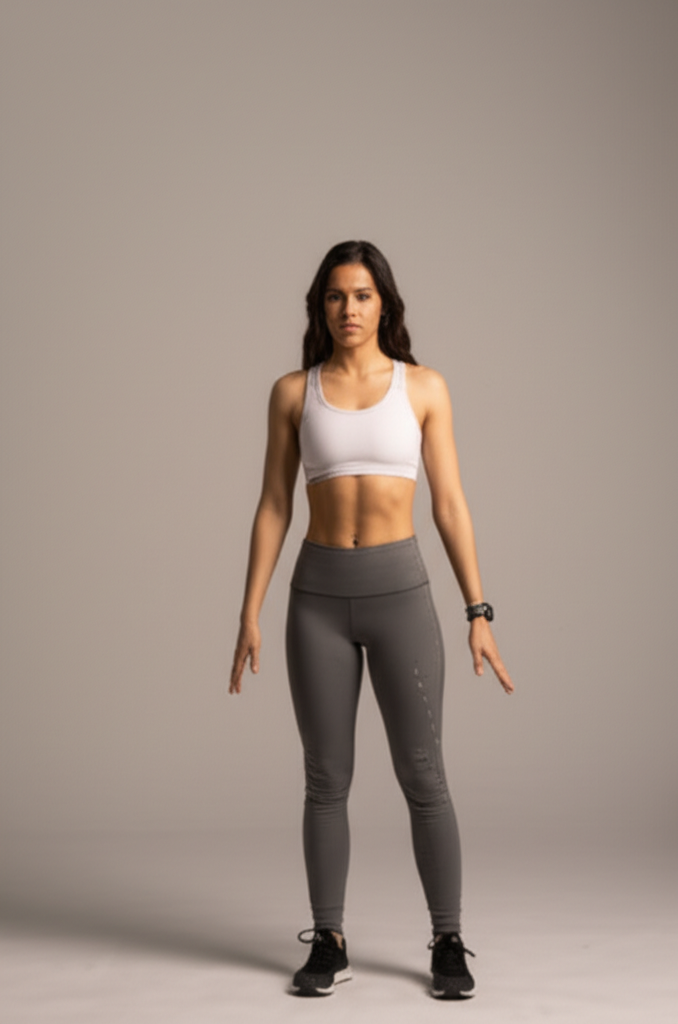
Why Standing Core Exercises Are a Game-Changer
While traditional floor exercises certainly have their place, standing core movements offer unique benefits that often go overlooked. They recruit your entire kinetic chain, meaning more muscles work together, challenging your stability and endurance in ways mat exercises cannot.
Enhancing Functional Movement and Daily Life
Standing core exercises mimic how your body moves in real life – when you reach, twist, lift, or even just walk. Integrating these movements into your routine means you’re training your core to support you during everyday tasks, reducing the risk of injury and making movements like getting out of bed or climbing stairs feel easier.
Boosting Stability and Balance
Without the floor to support your back, standing core work significantly challenges your balance and coordination. This heightened demand forces your deep core muscles, which wrap around your abdomen like a corset (such as the transverse abdominis), to engage more intensely to stabilize your spine. This engagement is crucial for supporting your posture and keeping your body steady.
Engaging More Muscles for a Comprehensive Workout
Standing exercises are often compound movements, meaning they engage a wider range of muscles simultaneously. Beyond your primary abdominal muscles, you’ll also activate your hip flexors, glutes, shoulder stabilizers, and even your leg muscles as they work to maintain balance and facilitate movement. This leads to a more comprehensive workout and can even burn more calories.
Accessibility and Joint-Friendly Options
For many, floor exercises can be uncomfortable due to wrist issues, tailbone tenderness, or neck pain. Standing core routines offer an accessible alternative, removing pressure from these sensitive areas. They are also beginner-friendly and can be performed in small spaces, making them convenient for “anywhere, anytime” workouts.
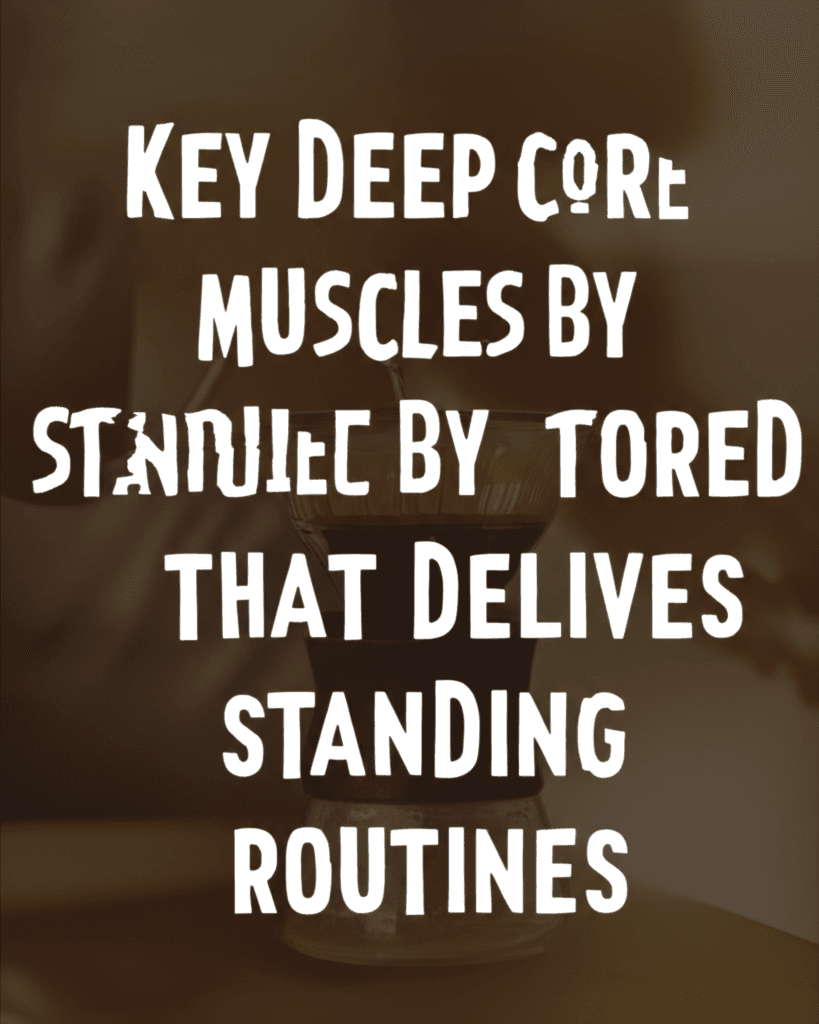
Key Deep Core Muscles Targeted by Standing Routines
When trainers refer to the “deep core,” they’re talking about the muscles beneath the more visible abdominal muscles, which are essential for spinal stability and posture.
- Transverse Abdominis (TVA): Often called your body’s natural corset, the TVA wraps around your midsection, providing deep stabilization and spinal support. Standing exercises, especially those involving anti-rotation or bracing, significantly engage this muscle.
- Obliques (Internal and External): These muscles run along the sides of your torso and are crucial for twisting, bending, and anti-rotational movements. Standing exercises that involve rotation or side bends effectively target the obliques, improving lateral stability.
- Multifidus: These small, deep muscles run along your spine and are vital for segmental spinal stability. While not directly “worked” in the same way as larger muscles, the overall stability demands of standing exercises help engage these intrinsic stabilizers.
- Pelvic Floor Muscles: These muscles form the base of your core and work in conjunction with the TVA to create intra-abdominal pressure, providing stability to your trunk.
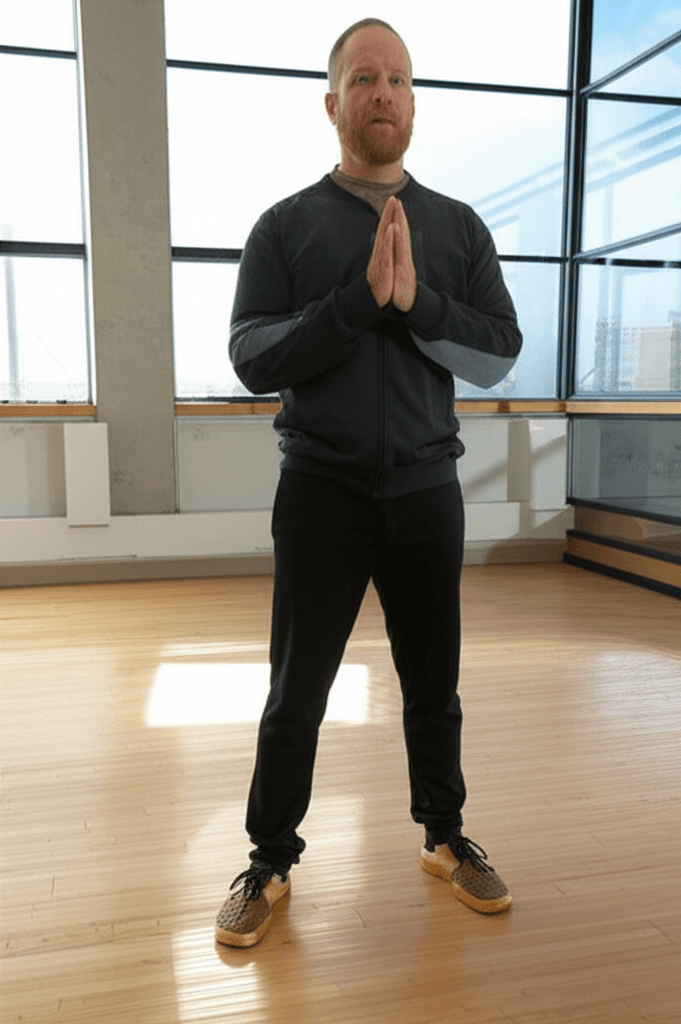
Trainer-Recommended Standing Deep Core Exercises
Here’s a routine featuring exercises that emphasize deep core engagement and functional strength, often recommended by trainers like Rebecca Kennedy from Peloton and Jennifer Jacobs from Ladder.
1. Standing Single Leg Isometric Press
This exercise challenges stability and encourages deep core bracing.
- How to do it: Stand with feet together. Shift weight to one leg and lift the opposite knee to hip height, bent at 90 degrees. Place the hand on the same side as the standing leg onto the top of the lifted thigh. Push your knee into your hand and your hand into your knee, creating an isometric contraction. Maintain a neutral spine and engage your core, focusing on exhaling fully to deepen the engagement.
- Why it works: The isometric hold and opposing forces create significant tension, forcing the transverse abdominis and obliques to stabilize the trunk against the pressure.
2. Offset Overhead March
This move builds anti-rotation strength and challenges your stability under load.
- How to do it: Stand with feet together, holding a medium dumbbell in one hand, pressing it directly overhead with your bicep by your ear. Keep your core engaged and spine neutral. Draw the knee on the opposite side up towards your chest, pause, then lower. Continue alternating sides.
- Why it works: The offset weight overhead creates an imbalance, forcing your deep core, particularly the obliques, to work hard to prevent your torso from twisting or leaning.
3. Standing Dead Bug (Variation)
A functional twist on a classic core exercise, this standing version enhances stability and coordination.
- How to do it: Stand with feet hip-distance apart, arms extended forward at shoulder height. Extend one leg forward slightly, with just the toes touching the floor. Reach the arm opposite to the extended leg overhead. Engage your core and maintain a neutral spine. Simultaneously lift the extended leg’s knee to hip height (90 degrees) and lower the arm that was overhead to chest height. Lower to return to the starting position without losing core tension.
- Why it works: This contralateral (opposite arm, opposite leg) movement creates a strong stability challenge, activating the deep core stabilizers as you resist rotation and maintain balance.
4. Kettlebell Windmill
A full-body exercise that significantly challenges deep core stability and oblique strength.
- How to do it: Stand with feet shoulder-width apart, holding a kettlebell in one hand. Press the kettlebell overhead, keeping your arm straight and locked. Turn your feet about 45 degrees away from the arm holding the kettlebell. Looking up at the kettlebell, hinge at your hips towards the weighted side, allowing your free hand to slide down the inside of your front leg towards your foot. Keep your chest open and a soft bend in the front knee, maintaining a straight back. Use your core to return to standing.
- Why it works: The loaded overhead position combined with the hip hinge and lateral bend demands intense stabilization from your deep core, especially the obliques, to protect the spine and control the movement.
5. Standing Side Bend (Weighted)
This targets the obliques and improves lateral trunk stability.
- How to do it: Stand tall with your feet hip-width apart, holding a dumbbell in one hand down by your side. Engage your core, keeping shoulders back and chest proud. Contract your abs and lean slowly to the side where you’re holding the weight, allowing the weight to slide down towards your knee. Use the oblique muscles on the opposite side to pull your torso back to the center.
- Why it works: The resistance from the dumbbell forces your obliques to work harder to control the movement and pull your body back upright, strengthening them for side-to-side stability.
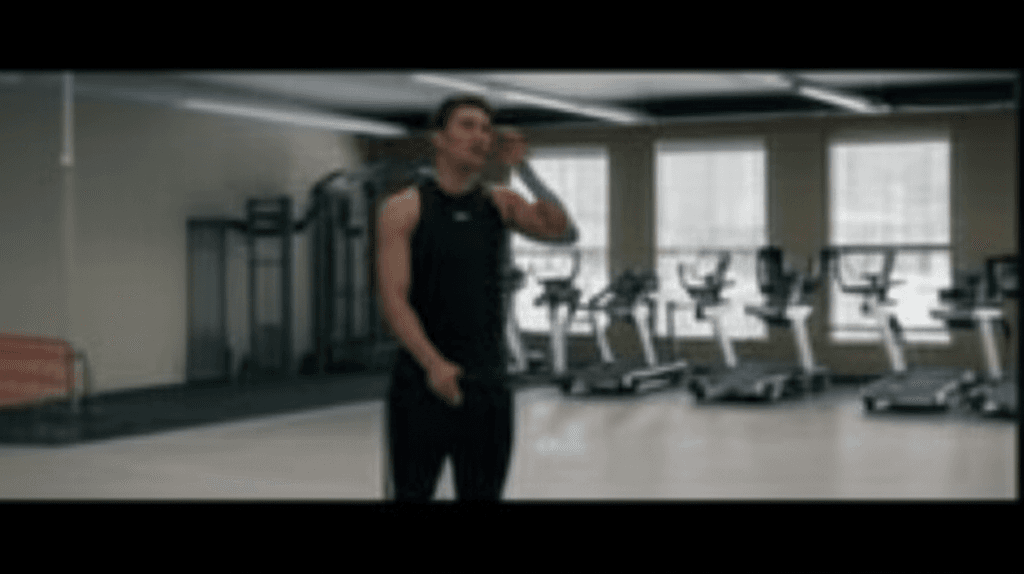
Incorporating Standing Abs into Your Routine
Trainers recommend integrating standing core exercises into your fitness regimen one to two times a week. They can serve as an excellent warm-up to activate your core and mobilize your joints, or as a standalone workout on days when you have limited space or time. Focus on proper form and controlled movements, rather than speed, to truly engage your deep core. As you get stronger, you can gradually increase repetitions, sets, or introduce light weights for an added challenge.
By shifting your core focus to standing movements, you’re not just working towards visible abs; you’re building a resilient, functional deep core that supports every aspect of your life.


